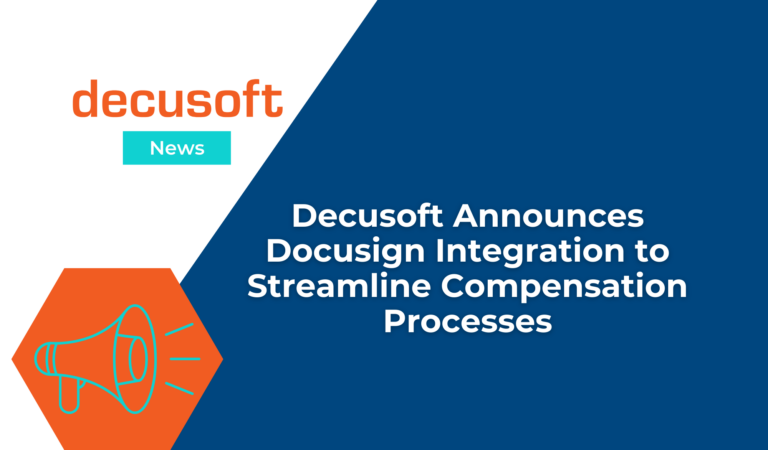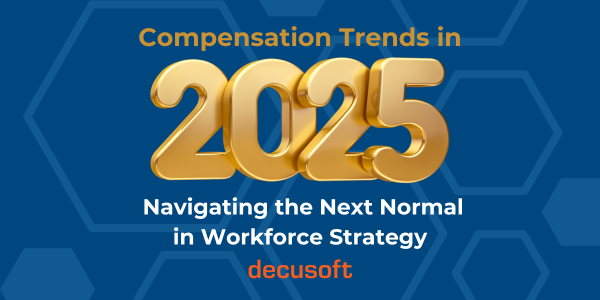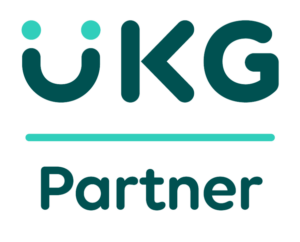If you’ve read my previous blog posts, you know I’m not a fan of using spreadsheets for administering compensation plans. I have yet to hear from anyone doing compensation management who say they love using spreadsheets and it is the only way to go. Yet they remain loyal to this timeworn process.
Why? Unfortunately, and from my own experience, the HR function in many organizations is not always the first area to receive funding for new technology. In other words, they don’t have too much of a choice.
So, what’s a compensation professional to do?
Remember that while HR is a cost center, we are also responsible for one of the largest operational expenses: employees. And while issues in overpayment and underpayment due to spreadsheet errors may not be easily accounted for and reported, they certainly support the decision to move away from spreadsheets. Not to mention the negative impact on employee engagement and satisfaction.
HR needs to partner with their Finance and IT colleagues to present upper management with a strong case for adopting today’s new technologies. We already know the spreadsheet issues:
– Amount of manual time spent gathering and inputting data
– Time spent checking, rechecking, and resolving data issuesInability to quickly turnaround needed reports due to data existing in multiple spreadsheets and databases – and then trying to reconcile data to ensure its integrity
– No audit trails
– Data security, risk and compliance concerns
Change is never easy, but it’s not impossible.
Even with the issues above, it can be hard to justify a compensation management solution if your firm has purchased an HCM/HRIS suite designed to manage every aspect of the HR function. But, as we in Compensation know, while many of these suited solutions have compensation modules, they may not meet our needs when it comes to administering the individual aspects and complexities of our programs.
I am not saying any of this is easy. But it can be done. Before you request help in the compensation management area, prepare a meaningful business case. Have it include both the issues and benefits to the organization, detailing hard and soft cost savings and benefits to be realized. If you don’t, nothing will happen and yes, you will be….
Stuck doing the same old Sheet.




